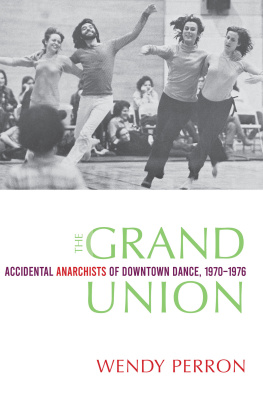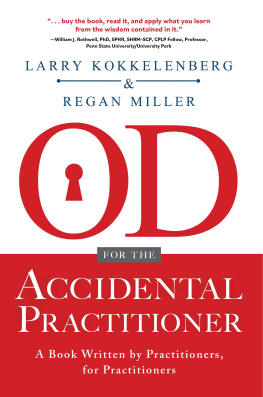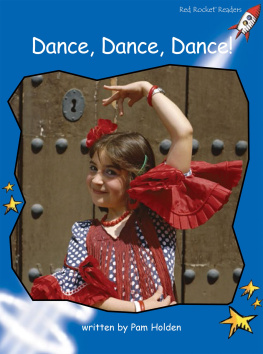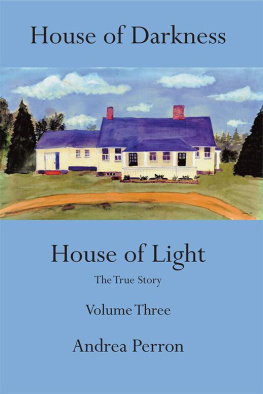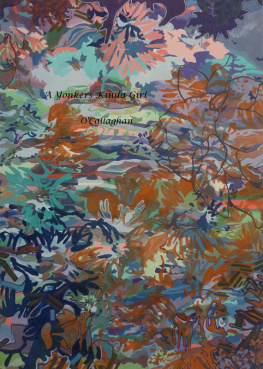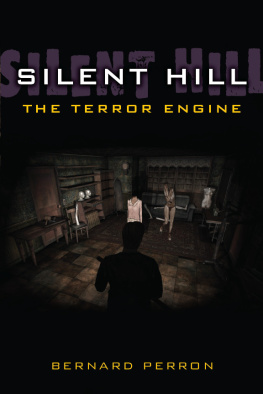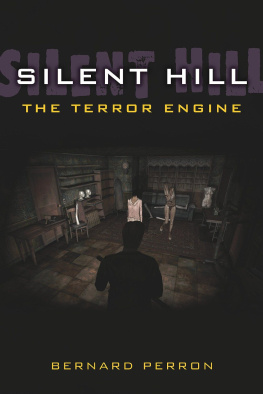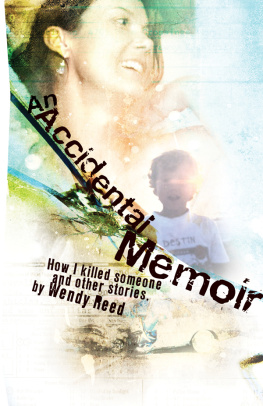Wendy Perron - The Grand Union: Accidental Anarchists of Downtown Dance, 1970-1976
Here you can read online Wendy Perron - The Grand Union: Accidental Anarchists of Downtown Dance, 1970-1976 full text of the book (entire story) in english for free. Download pdf and epub, get meaning, cover and reviews about this ebook. year: 2020, publisher: Wesleyan University Press, genre: Art. Description of the work, (preface) as well as reviews are available. Best literature library LitArk.com created for fans of good reading and offers a wide selection of genres:
Romance novel
Science fiction
Adventure
Detective
Science
History
Home and family
Prose
Art
Politics
Computer
Non-fiction
Religion
Business
Children
Humor
Choose a favorite category and find really read worthwhile books. Enjoy immersion in the world of imagination, feel the emotions of the characters or learn something new for yourself, make an fascinating discovery.
- Book:The Grand Union: Accidental Anarchists of Downtown Dance, 1970-1976
- Author:
- Publisher:Wesleyan University Press
- Genre:
- Year:2020
- Rating:5 / 5
- Favourites:Add to favourites
- Your mark:
- 100
- 1
- 2
- 3
- 4
- 5
The Grand Union: Accidental Anarchists of Downtown Dance, 1970-1976: summary, description and annotation
We offer to read an annotation, description, summary or preface (depends on what the author of the book "The Grand Union: Accidental Anarchists of Downtown Dance, 1970-1976" wrote himself). If you haven't found the necessary information about the book — write in the comments, we will try to find it.
Wendy Perron: author's other books
Who wrote The Grand Union: Accidental Anarchists of Downtown Dance, 1970-1976? Find out the surname, the name of the author of the book and a list of all author's works by series.
The Grand Union: Accidental Anarchists of Downtown Dance, 1970-1976 — read online for free the complete book (whole text) full work
Below is the text of the book, divided by pages. System saving the place of the last page read, allows you to conveniently read the book "The Grand Union: Accidental Anarchists of Downtown Dance, 1970-1976" online for free, without having to search again every time where you left off. Put a bookmark, and you can go to the page where you finished reading at any time.
Font size:
Interval:
Bookmark:

The Grand Union
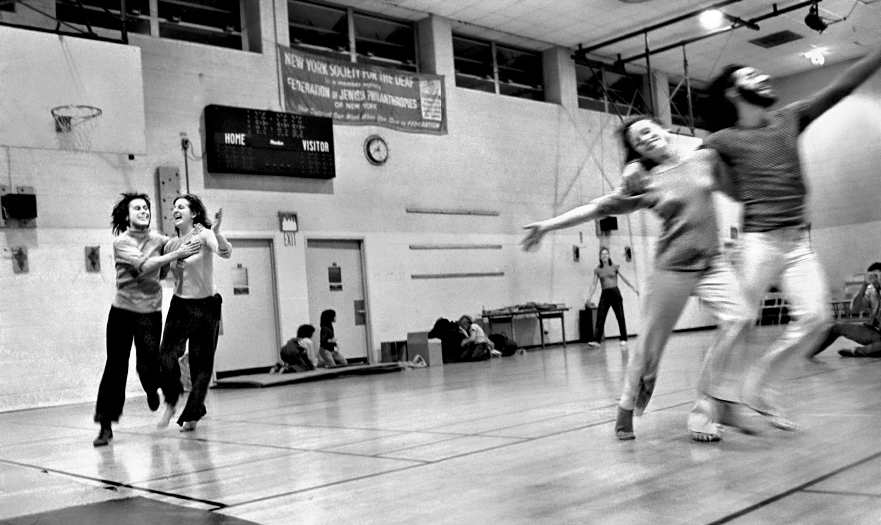
The Grand Union
ACCIDENTAL ANARCHISTS OF DOWNTOWN DANCE, 19701976
WENDY PERRON
WESLEYAN UNIVERSITY PRESS
Middletown, Connecticut
Wesleyan University Press
Middletown CT 06459
www.wesleyan.edu/wespress
2020 Wendy Perron
All rights reserved
Manufactured in the United States of America
Typeset in Miller and Magma
by Tseng Information Systems, Inc.
Library of Congress Cataloging-in-Publication Data
available upon request
Hardcover ISBN: 978-0-8195-7932-4
Paperback ISBN: 978-0-8195-7966-9
Ebook ISBN: 978-0-8195-7933-1
5 4 3 2 1
All photos in this volume appear with the kind permission of the photographer or the photographers representative.
Frontispiece: GU at NYC Dance Marathon, 14th Street Y (Emanuel Midtown YM-YWHA), 1971. From left: Yvonne Rainer, Trisha Brown, Barbara Dilley, David Gordon. In background: Becky Arnold. Photo: James Klosty.
Front cover illustration: Grand Union at NYC Dance Marathon, 14th Street Y (Emanuel Midtown YM-YWHA), 1971. From left: Barbara Dilley, David Gordon, Yvonne Rainer, Trisha Brown. Visible in audience center, lying on the floor, Carolyn Brown; sitting behind her, James Klosty. Photo: Susan Horwitz, Jerome Robbins Dance Division, The New York Public Library for the Performing Arts.
This book is dedicated to Sally Banes because we loved
the same things, and the Grand Union was one of them.
CONTENTS
The Grand Union
INTRODUCTION
Although Grand Union existed for only six yearsa blip in the span of dance and performance historyit made an impact on those who witnessed its collective genius. Word spread, and even now the name of the group is legendary. Grand Union was the bridge between Judson Dance Theaterthat explosion of experimentation that changed the face of modern danceand the illustrious careers of its long-term members, some of whom formed the bedrock of postmodern dance: Yvonne Rainer, Trisha Brown, Steve Paxton, David Gordon, Barbara Dilley, Douglas Dunn, and Nancy Lewis. Grand Union was both a culmination of early experiments and a laboratory for future work.
The confluence of these brilliantly idiosyncratic minds/bodies gave rise to a flow of human interaction that was wayward, minimalist, excessive, ludicrous, annoying, goading, uproarious, or deeply moving. It epitomized the spirit of the sixties: flaunting freedom from the usual (unwritten) rules, solving dilemmas (largely) peacefully, and creating an accidentally leaderless democracy (while coping with a typical array of resentments).
Grand Unions mode was improvisationthe most ephemeral form of an ephemeral form. There is no choreography to look back on and analyze. There was no method, no treatise, no plan. We were watching people deal with whatever came up. They were out there in the wild. This wasnt improvising on a stated theme, the way jazz musicians and theater people do; this was being thrown into an empty space, onto a veritable blank canvas, with nothing to fall back on but their instincts. They made structures as they went along, or rather they built upon the structures that arose organically during performance. It wasnt anarchy as we usually think of it, but as I explain in the Leaderless? Really? interlude, the antihierarchical stance of anarchism threads through the arts of that time, particularly the thinking of Rainer and Paxton.
I saw Grand Union only three or four times during its six-year life span. I dont remember many specific sequences, but I remember how I felt while watching the group perform. I felt wide awake and ready to respond to every new decision as each episode unfolded. Seeing shape and intention materialize before my eyesand realizing the risks the performers tookput me in a state of high alert. I rode the ups and downs with them from my seat, accumulating new insights about each person/dancer/character and their relationships to dance and to each other. I was in awe of their ability to remain resolutely themselves while also fully participating in the group. They could instinctively either reinforce what was going on or sharply counter it. Harmony and absurdity in equal measure. Giddy Dada Zen.
I remember one time, in 1975 at La MaMa Experimental Theatre Club, when Nancy Lewis was standing under a blue blanket for a long time. Various duets and trios were going on, and she suddenly asked out loud, from under the blanket, Am I doing anything important here? The audience cracked up laughing, and the laughter burst into applause. But it was more than a joke; she was admitting that she didnt know. Not knowing was a way to start at zero, and stillness was a way to let others take the focus. An acceptance of nothingness as a gateway to somethingness. A possibly important foil to a colleagues more defined plan.
I remember watching Barbara Dilley and David Gordon chasing each other with pillows around the perimeter of the Eisner Lubin Auditorium of New York Universitys (NYUs) Loeb Student Center. Their physical sparring was impulsive, ambiguous, and intimate. They could have been a pair of particularly witty siblings or impetuous loversuntil strains of hostility crept in. I remember wondering: Are they really mad at each other or just playing?
Turns out, they were wondering too. The line between art and life, as John Cage, Anna Halprin, and Allan Kaprow had championed, was blurred. That merging was fascinating to behold but was also destabilizing and probably a factor in the groups demise. But until that collapse, this kind of confusion helped crack open the possibilities of performance.
Knowing that some archival videotapes existed, I started wondering if the tapes would hold up to my memory. In fact, seeing the tapes is what sent me into Grand Union fever. The screen sizzled withwhat?a kind of readiness to engage, to accept any reality and move through it. Even though what came up on the screen was limited by a single camera angle, I could see the moment-to-moment decisions the dancers made to burrow further into their own private exploration, accept the bid of another player, or interrupt anothers intention.
After watching a few hours of the tapes, I came away with the thought that Grand Union back then possessed a kind of collective wisdom. The organic flow of the groups movement/interactions/fantasies revealed a natural, grounded-yet-buoyant way of being in the world, all the while not knowing what the next moment would bring. That not-knowingness led to a state of mind rarely exposed in public, and witnessing it was exciting. It escaped the airtight construction of locked-down choreography. It allowed us to see the dancers not only as movers, but also as thinkers, craftspeople, rebelseach with a defined voice. They were (unintentionally) teaching me/us lessons that reflected the slogan of the day, Go with the flow, in the deepest, most complex ways. They responded to any impulse with bristling readiness and to any overture with a fearless range of options.
Watching the tapes, I got that same sense of awe that I had had more than forty years earlier. I felt I could learn a lot from studying the videosnot only about dance, or performance, or improvisation, but about life. I didnt want to dance with them (anachronistically speaking) or to attain their mastery at improvisation. What I wanted was to be able to navigate through my life the way they were navigating through unforeseen circumstances.
What they had found together was, in Douglas Dunns words, a possible ideal world.
Next pageFont size:
Interval:
Bookmark:
Similar books «The Grand Union: Accidental Anarchists of Downtown Dance, 1970-1976»
Look at similar books to The Grand Union: Accidental Anarchists of Downtown Dance, 1970-1976. We have selected literature similar in name and meaning in the hope of providing readers with more options to find new, interesting, not yet read works.
Discussion, reviews of the book The Grand Union: Accidental Anarchists of Downtown Dance, 1970-1976 and just readers' own opinions. Leave your comments, write what you think about the work, its meaning or the main characters. Specify what exactly you liked and what you didn't like, and why you think so.

